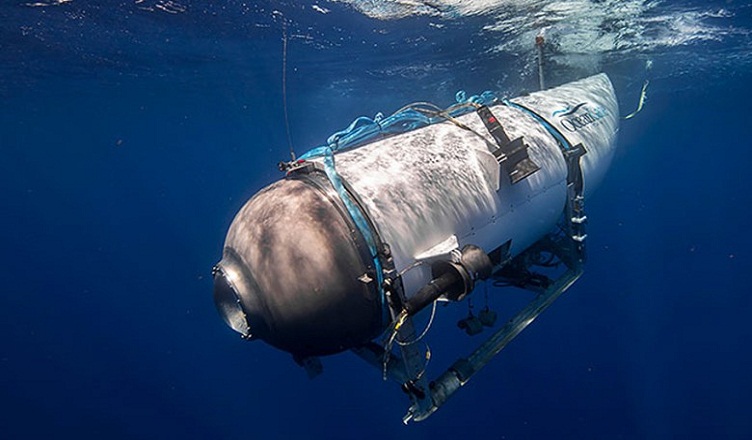(LANKAPUVATH | COLOMBO) – It is a claustrophobic, terrifying prospect – being trapped in a 22ft submersible, potentially thousands of feet underwater, with oxygen running out.
The exact whereabouts of the Titanic submersible and the condition of the five crew onboard are unknown. It is thought the vessel may have less than 10 hours of oxygen remaining, creating a race against time to find the sub before it is too late.
As Dr Ken Ledez, a hyperbaric medicine expert at Memorial University in St John’s, Newfoundland, has told BBC News that running out of air is not the only danger those on board face.
The vessel may have lost electrical power, which is likely to have a role in controlling the amount of oxygen and carbon dioxide inside the vessel.
As the oxygen level falls, the proportion of carbon dioxide being breathed out by the crew will be rising, with potentially fatal consequences.
“As levels of carbon dioxide build up, then it becomes sedative, it becomes like an anaesthetic gas, and you will go to sleep.”
Too much of the gas in a person’s bloodstream, known as hypercapnia, can kill them if not treated.
Former Royal Navy submarine captain Ryan Ramsey says he looked at videos online of the inside of Titan and could not see a carbon dioxide removal system, known as scrubbers.
“That for me is the greatest problem of all of them,” he says.




